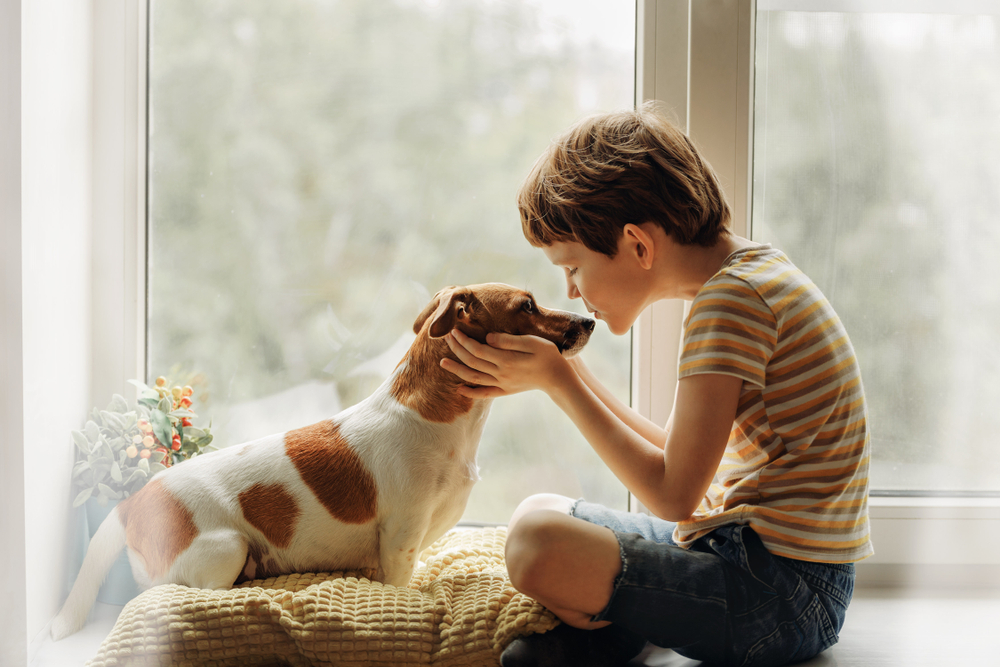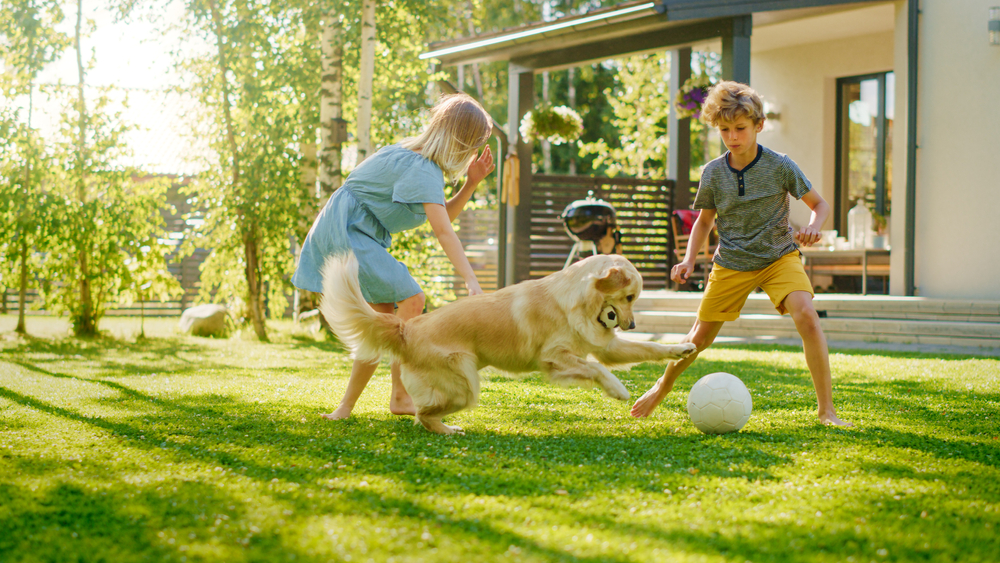


For many people, their dogs and cats are beloved, and sometimes favorite, family members. There are many ways in which pets become family. Each method has its pluses and minuses; the goal is to find which works best for the human and the pet.
Before falling in love with a certain dog or breed, it’s vitally important to do some homework to determine temperaments and behavioral patterns and to consider the home environment. Labradors and other large breeds need a lot more room to run and play than a toy poodle or other small dog that might be a good fit for a compact apartment environment.
Another consideration involves the other family members: Some breeds are better with very young children than others. A dog needs to be part of the family, making it important to ensure a good fit with all human members of the household.
The easiest way to add a pet to the family is to purchase it from a pet store. These retailers most often deal only in puppies, purchasing their fuzzy inventory from breeders directly or from individuals whose dogs recently had a litter. Some stores focus on toy or teacup breeds, while others may have a wide, ever-changing range of puppies to choose from. The process is simple: Choose a puppy, pay for it, then take it home.
Many other pets find their way to new homes via friends or family whose pet may have had a litter of puppies that need homes. Another way to add a furry family member is rehoming someone else’s pet when the owner is moving to a place that can’t accommodate a dog or is no longer physically able to care for their pet. While these methods provide instant gratification for someone wanting a pet, they also have the potential for problems.
When working with a breeder, shelter, or rescue group, the potential pet parents meet with some form of adviser to discuss their pet ownership experience and expectations, as well as the dog’s new home. Important factors include the presence of young children; the pet’s optimum lifestyle and exercise needs; the home environment, such as a fenced-in yard; and the importance of providing veterinary care its entire life.
These discussions can make the difference between the perfect puppy–parent match and one in which neither side is happy. Also, one benefit of purchasing pups from these facilities is that they’ve already received full veterinary examinations and all required shots.
Rescuing a dog continues to grow in popularity as potential pet parents become aware of the huge number of dogs ranging in age from puppies to seniors that are in need of forever homes. The American Kennel Club (AKC) works with rescue groups across the country to find homes for more than 160 AKC-recognized breeds, from Akitas to Yorkies and everything in between.
Many communities also have local rescue organizations, such as Paws4You. Based in Miami, the organization was founded in 2007 by Carol Caridad when she went to adopt a dog at a local shelter but ended up rescuing more than 100 seniors, adults, and puppies that were scheduled to be euthanized that week.
Caridad and her all-volunteer staff have since cared for and found homes for more than 12,000 dogs. In every instance, prospective pet parents meet with a counselor to ensure the adopted pet is a perfect fit.
“We want to make sure the new parents recognize this is a lifetime commitment. The pet will be part of the family, so we learn about everyone else in the family. Everybody loves puppies, but they might not be a good choice in some cases,” Caridad said.
“Adopting a pet is not like buying shoes that you can take back if they don’t fit. We make sure the family and the pet perfectly suit each other, to ensure a forever happy home. If someone is not ready to commit to adopting, they can volunteer at a rescue or become a foster parent to get a fix of puppy love.”
Buying, rehoming, or adopting a dog is a life-changing experience for humans and the pup, so regardless of how the bundle of furry loves arrives, be prepared to receive a lifetime of happiness and unconditional love.






